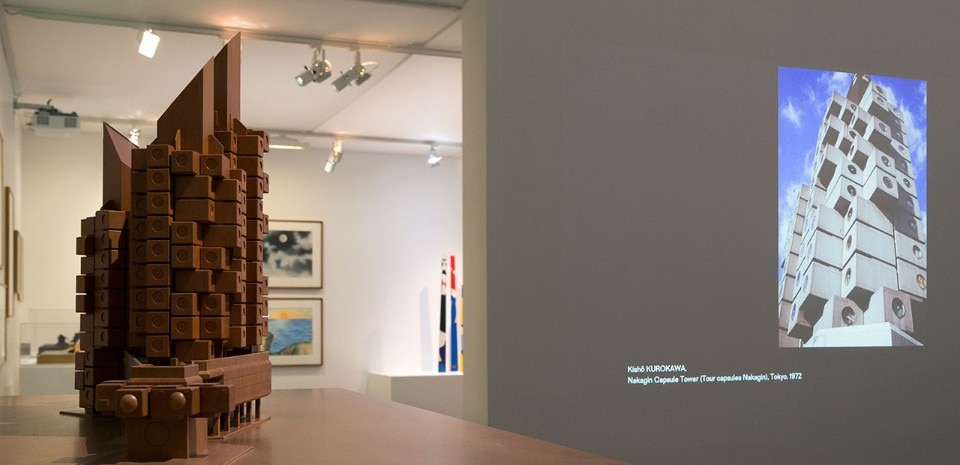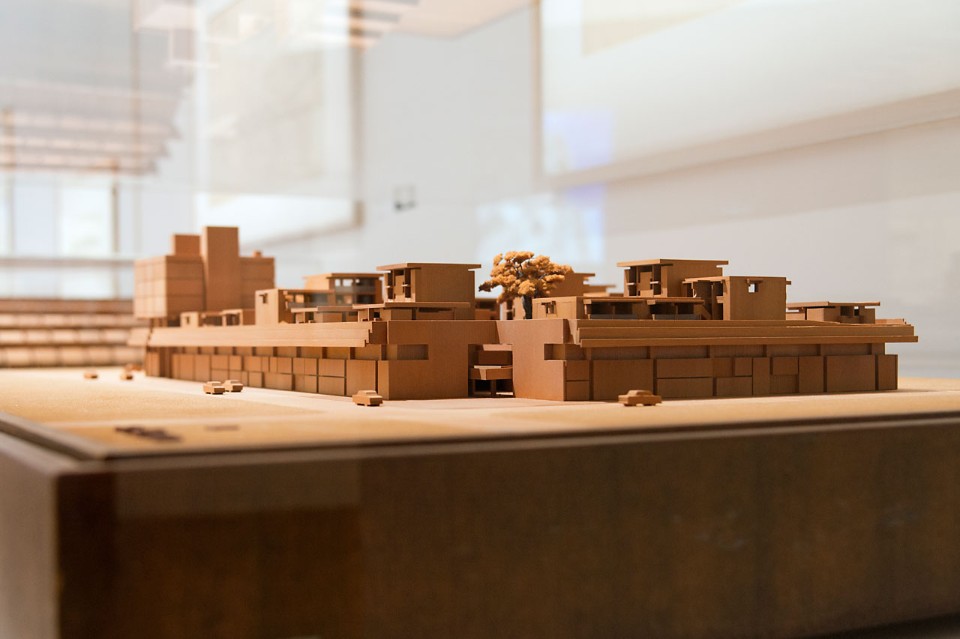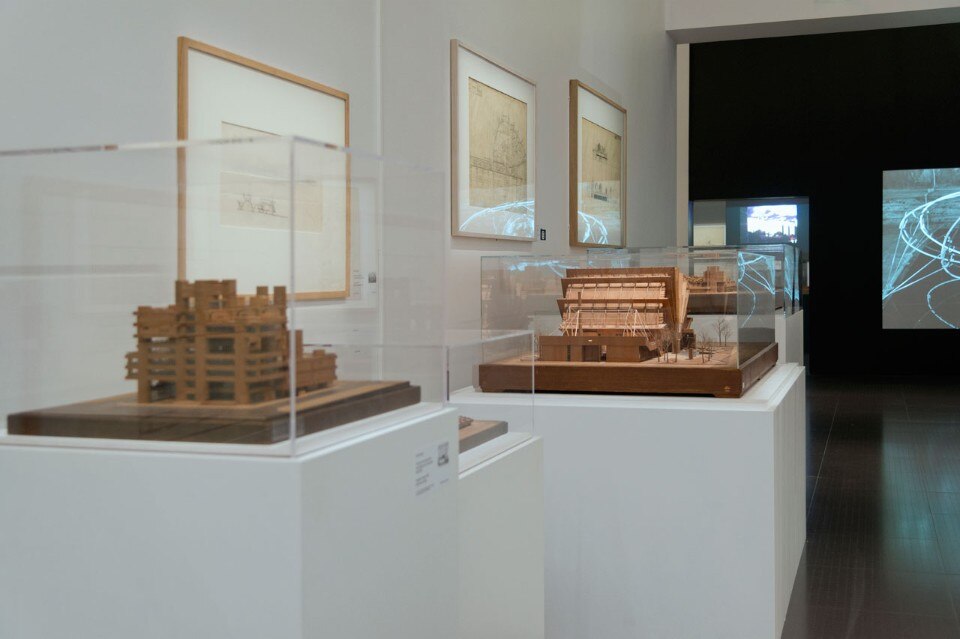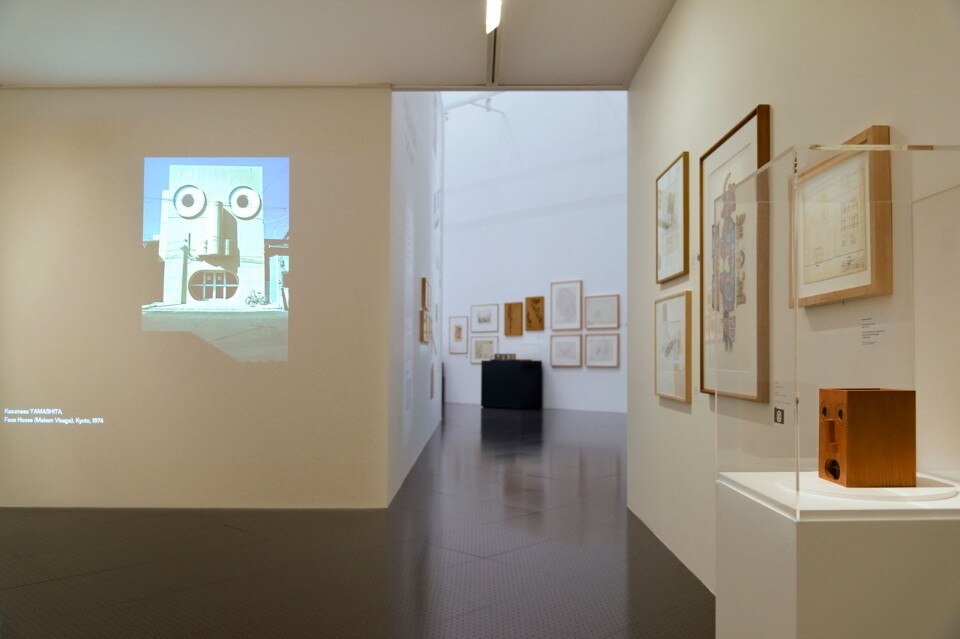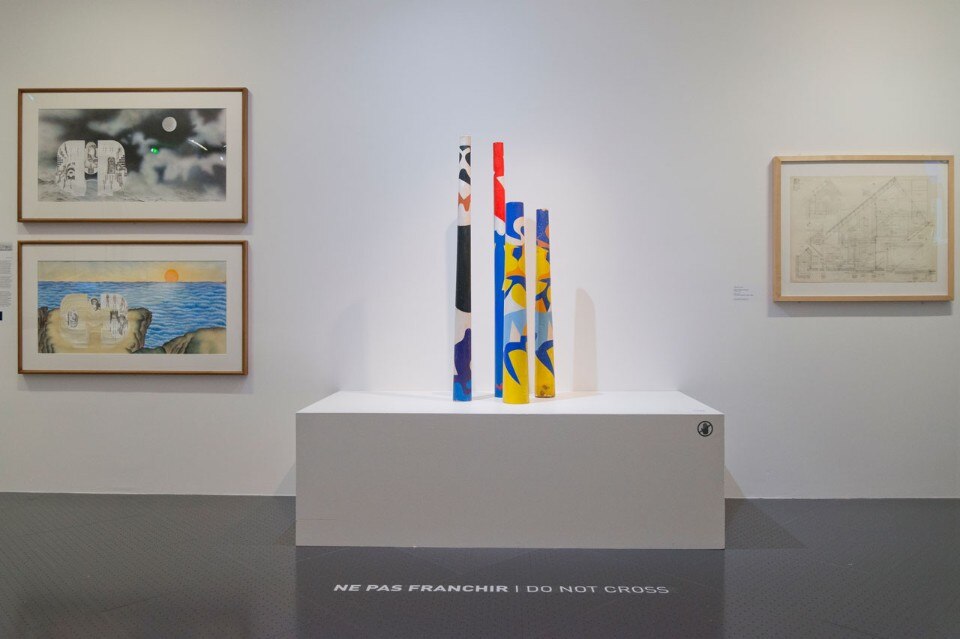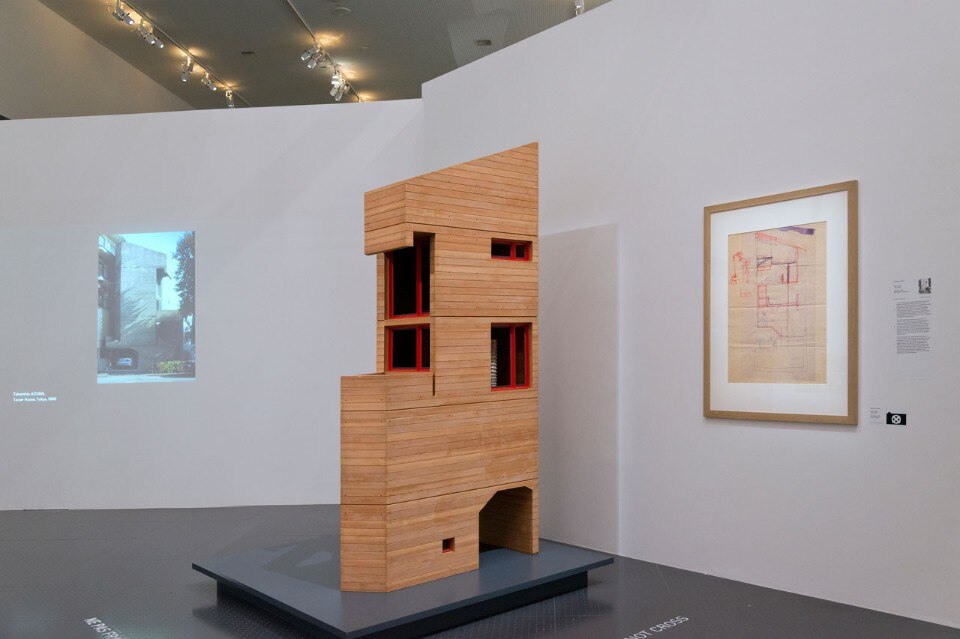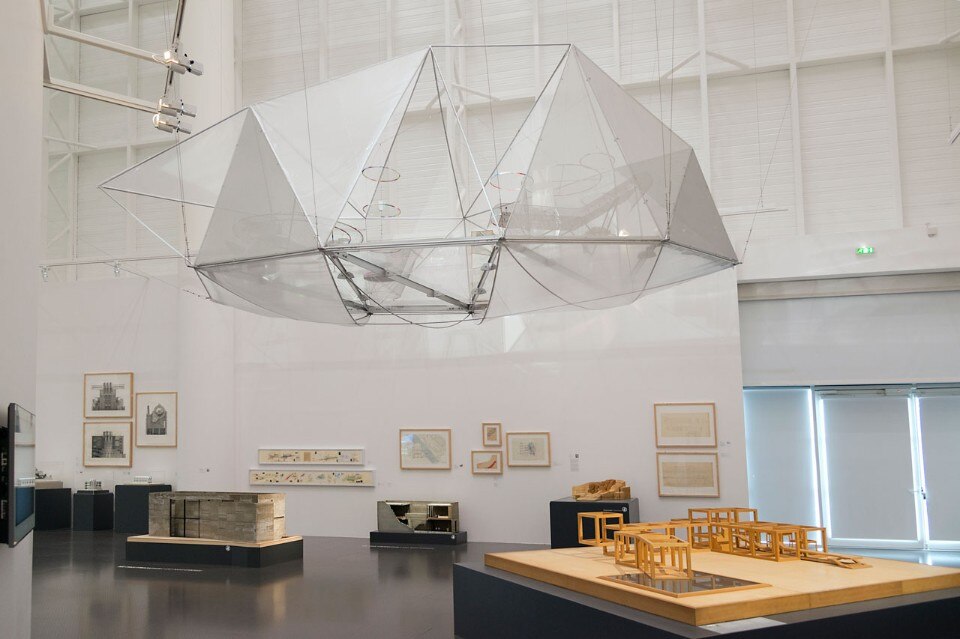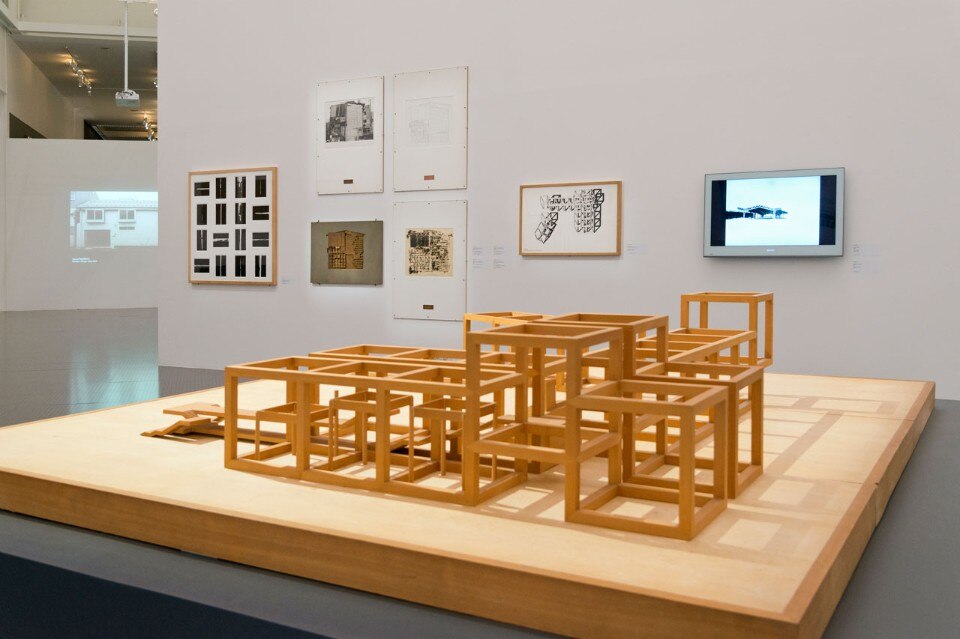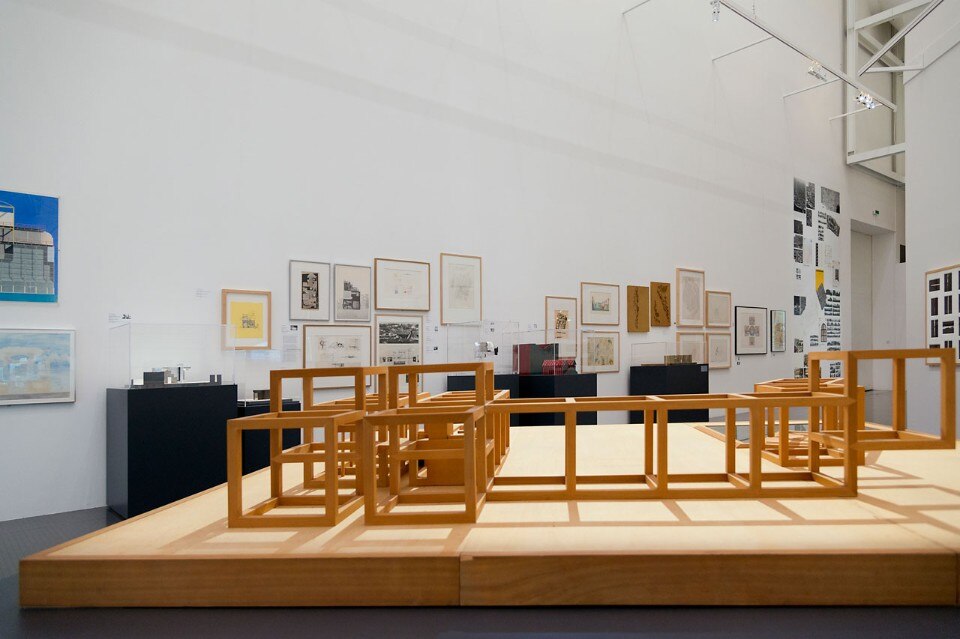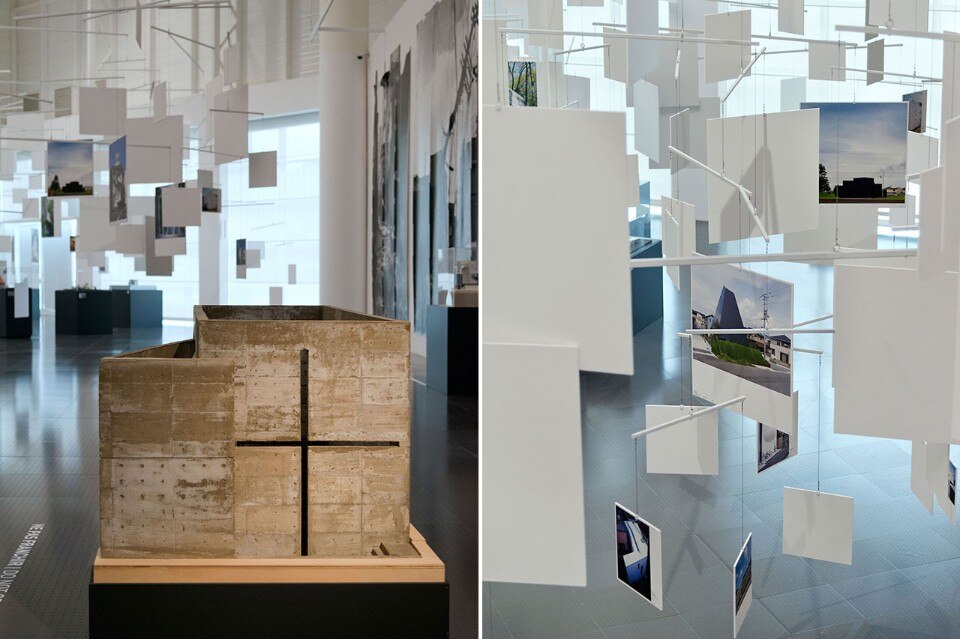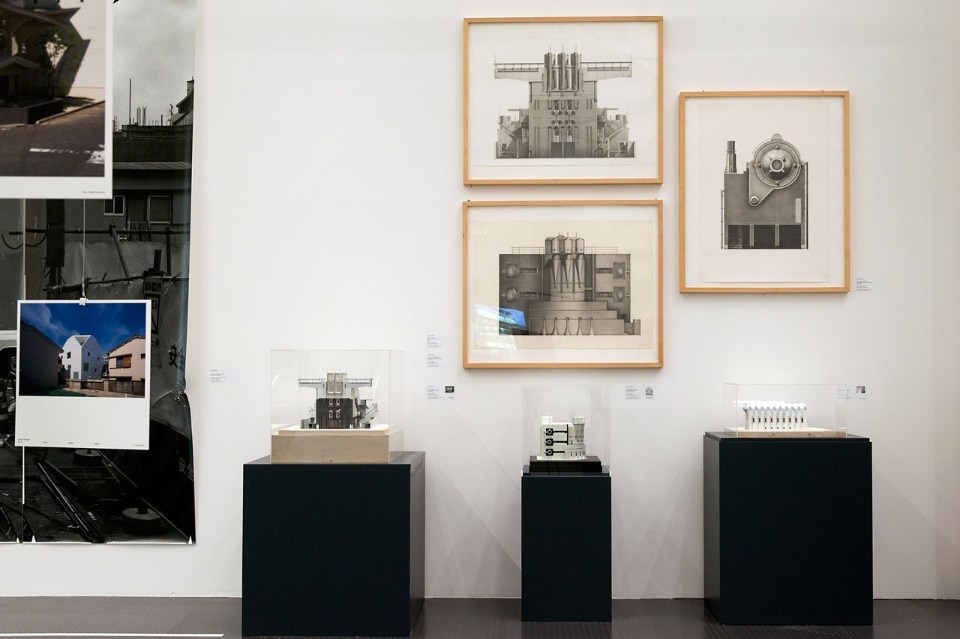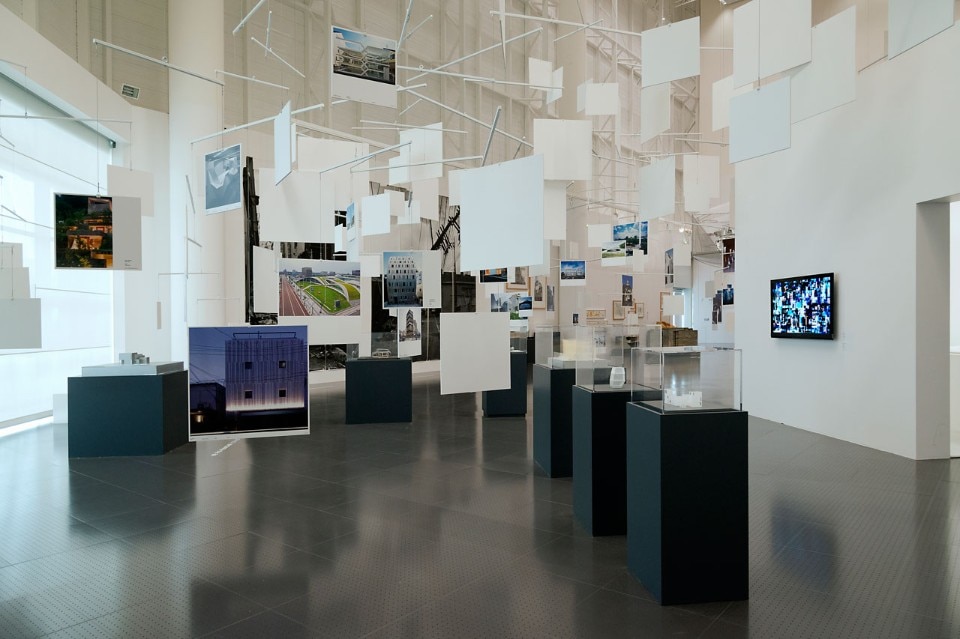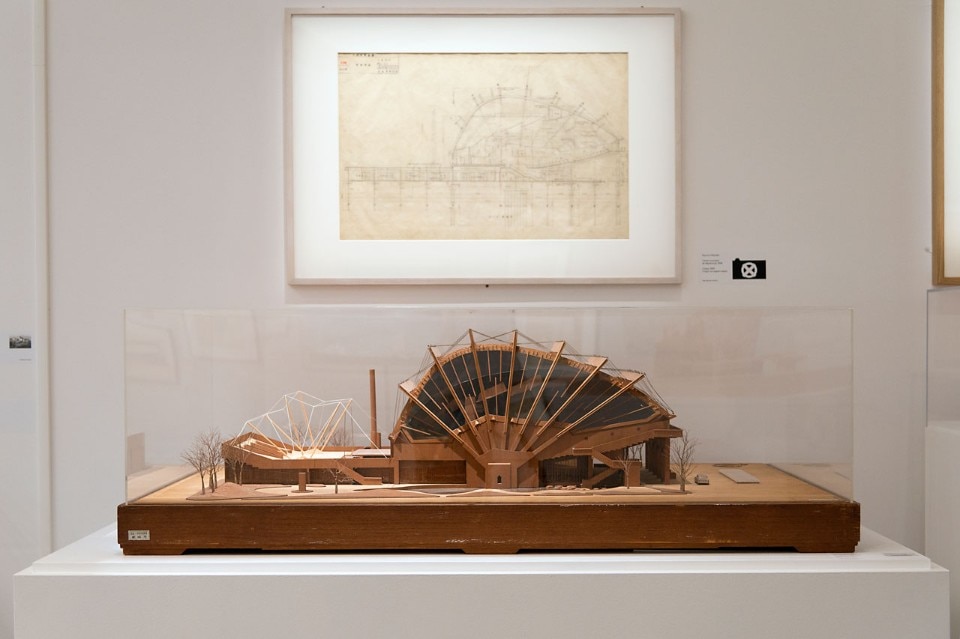
 View gallery
View gallery
From September 2017 to May 2018, three exhibitions and a dozen gatherings, concerts, and performances take a fresh look at Japan, from the modern history of its architecture to its most recent artistic expressions. The first exhibition explores seven decades of Japanese architectural culture, from 1945 to the present day, with a layout design by Sou Fujimoto in the heart of the Shigeru Ban-designed building. It questions how the Japanese city, and its sprawling urbanism since the postwar reconstruction, defined new ways of living. With which models and in what social, political and cultural context did its most important architects emerge – Kenzo Tange, Tadao Ando, Toyo Ito, Kengo Kuma?
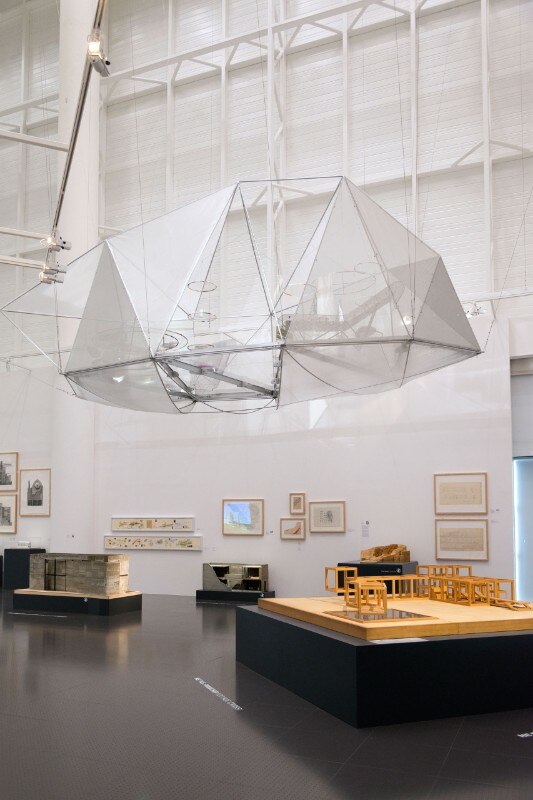
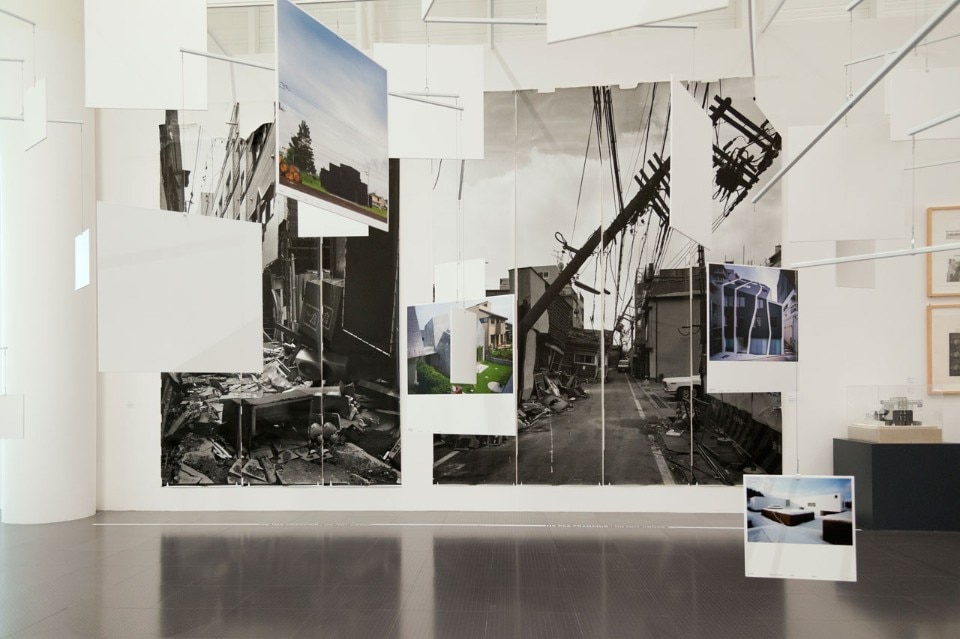
until 8 January 2018
Japan-ness
Centre Pompidou-Metz
Curators: Frédéric Migayrou, Yuki Yoshikawa
Exhibition design: Sou Fujimoto


